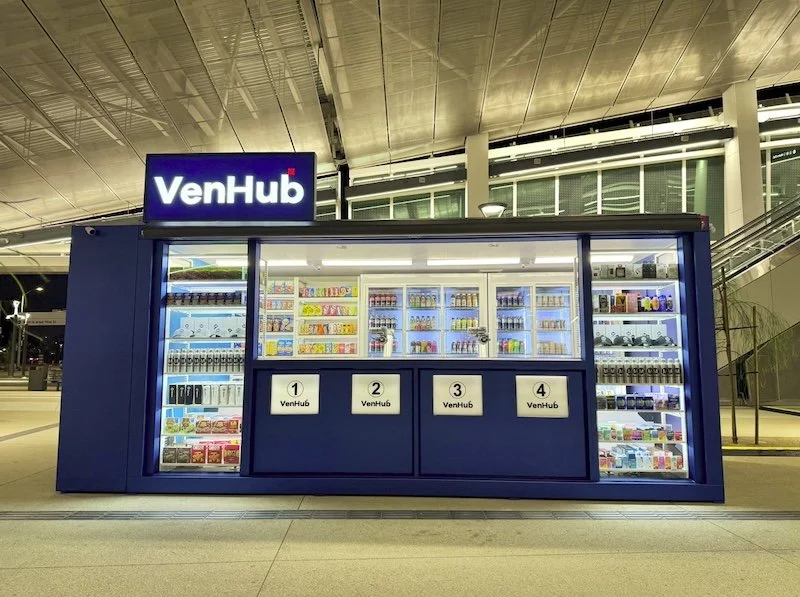The role of multi-layer security in e-commerce
The global e-commerce market continues to surge, with projections anticipating a total worth of $6.3 trillion by the end of 2023, and an even more staggering $8.1 trillion by 2026.
This meteoric rise underscores a corresponding need for robust security protocols within the digital commerce sphere.
With the convenience of online shopping comes a host of potential cyber threats that businesses need to navigate to ensure the safety and trust of their customers. This is where the concept of multi-layer security comes in.
Multi-layer security refers to the use of multiple levels of security measures to protect against various potential vulnerabilities. It functions on the premise that even if one line of defence is breached, others remain active to mitigate threats.
In the context of e-commerce, these layers span across network, application, endpoint, and data security, as well as identity and access management, among others.
In this article, we’ll delve deeper into the world of multi-layer security within the e-commerce landscape, unpacking its components, benefits, implementation strategies, and future trajectories.
What is multi-layer security?
Multi-layer security, often termed as 'defense in depth', represents a proactive approach to security that incorporates several measures, each operating at different levels to ensure thorough protection against cyber threats.
In an era where cyber threats are constantly evolving, the necessity of multi-layer security in e-commerce cannot be overstated.
This strategy works on the principle that even if a cybercriminal penetrates one security layer, they’re immediately faced with another, drastically reducing the chance of a successful attack. In addition, implementing an error monitoring and resolution platform adds another layer of fortification to the ecommerce security threats detection system.
It provides real-time threat detection, and automatic troubleshooting, and helps prevent potential security breaches. In essence, it operates as an early warning system, quickly identifying anomalies and mitigating them before they escalate, thereby enhancing the overall efficacy of multi-layer security in e-commerce.
The components of multi-layer security in e-commerce
In the e-commerce landscape, multi-layer security typically comprises network security, application security, endpoint security, data security, identity and access management, and physical security.
Network security protects the integrity of transactions as data travels from one point to another. It uses firewalls, anti-virus software, and intrusion detection systems to monitor and prevent unauthorized access to the network.
Application security focuses on the software used to facilitate transactions. This involves securing the e-commerce platform through measures such as secure coding practices, regular patching, and vulnerability testing.
Endpoint security safeguards the devices that access the network. Given that employees, customers, and third-party vendors could access the platform from various devices, endpoint security becomes critical to protect these access points from threats.
Data security involves measures to ensure the integrity, confidentiality, and availability of data. Encryption and secure data storage practices are commonly used to protect data both in transit and at rest.
Identity and access management is about ensuring that only authorised individuals have access to sensitive information. This involves the use of strong authentication methods and managing user privileges.
Last but not least, physical security is essential, particularly for the server rooms or data centers that store crucial business data. Despite being less relevant in a virtual context, physical breaches can still lead to significant data loss.
The benefits of multi-layer security in e-commerce
Implementing multi-layer security in an e-commerce business provides several benefits. It instills a greater sense of trust in customers, who are assured that their data is protected. It also shields the business from various cyber threats, thereby safeguarding its reputation.
Moreover, multi-layer security facilitates compliance with regulatory requirements, such as the General Data Protection Regulation (GDPR), that mandate certain security standards.
Implementing multi-layer security in an e-commerce business
The first step in implementing multi-layer security is to evaluate the current security status of the business.
This involves identifying potential security gaps in the existing system. Based on this evaluation, the business can then select appropriate security solutions that address the identified gaps.
Regular monitoring and updates are essential to ensure the continued effectiveness of these security measures.
Future of multi-layer security in e-commerce
In the ever-changing world of cybersecurity, the future of multi-layer security in e-commerce is dynamic and continuously evolving. New threats keep emerging, making it imperative for e-commerce businesses to stay informed and ready to adapt their security strategies swiftly.
Future-proofing e-commerce security demands a commitment to ongoing learning, readiness to embrace changes, and investment in advanced security technologies. Thus, multi-layer security in the future will be characterised by agility, constant enhancement, and technological innovation.
Final thoughts
As we navigate the digital era, it's evident that multi-layer security is instrumental in safeguarding e-commerce platforms. It provides a robust shield against threats, upholds customer trust, and reinforces a business's reputation.
Given the ever evolving cyber landscape, staying ahead with adaptive, cutting-edge security measures remains a vital necessity for the future of e-commerce.

















Continue reading…